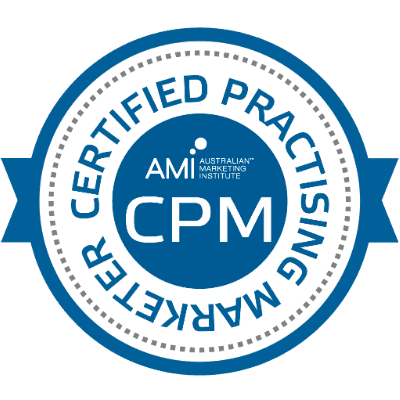You have the perfect website and some incredible images but are those images working for you in the same way as your content is in getting rankings? They can and they should be!
Google can’t see or interpret an image – it is like it is seeing a plain envelope that is sealed (Google can see the pixels but doesn’t know what they mean) so you need to tell Google what they are about.
Lets first of all see what images Google recognises from your website.
Head over to the google search bar and type in site:yourdomain.com (so for me I would type in site:www.felicityjaned1.wpengine.com) press enter (this will then show you all of your website pages that Google has indexed). To check for your images click on the images word underneath the search bar and press enter.
If there is nothing displayed – you either don’t have any images on your site OR Google isn’t yet aware of them. Before we head over and tell Google they exist and are ready to show the world, lets make sure they ARE ready to be shown. Google will greatly appreciate you if you take the trouble to follow these guidelines.
Give your file a meaningful and relevant name
A filename like 1239847.jpg doesn’t mean anything to you or Google. If your image is of a horse your filename may be white-horse-in-field.jpg. Use hyphens to split words and lower case eg: white-horse-galloping.jpg. By using hyphens Google is able to recognize the individual words and match them to search queries.
Try not to make your file name too long, around 31 chars including file extension and one to three hyphens is good. Remember too, the page the image is on will also provide information to Google about the subject of your image
The ‘Alt (alternate) Text’ attribute – provides alternative text to non-textual content. If the image doesn’t display due to slow connect or can’t be seen, maybe the user is visually or cognitively impaired, the alt text provides contextual information about the image. Ensure that your alt text is as informative and descriptive as possible – check out Web Content Accessibility Guidelines (WCAG 2.0).
Alt Text has a different purpose to the filename and title of the image. Google may use this information to determine if the image is appropriate for return to a search query.
Site Speed
Site speed is a ranking factor so remember file size will impact speed: the larger the file the slower the load time.
There are two types of size you need to consider: 1. the physical storage size eg: 49KB verses 2. the actual image size eg 1000 pixels wide by 300 pixels high.
There are plenty of free programs to compress and resize image files for use on the web. Check out PicMonkey.com – edit; chose photo; resize to your new size eg 300 pixels by 45 pixels, apply; then save – it will then ask what quality (this is the physical storage size) you would like – I go for Roger which for the image I optimised was 37KB.
Tip It’s NOT good practice to upload large files and then place in your page/post at a reduced size – it is still using the larger size for storage and will possibly slow your site down even more.
Protecting your images
You don’t want people using your images for their benefit without some recognition to you. You can add copywrite text, watermarks or other information to your images (and you can do this with PicMonkey too).
You can also make your images available under a Creative Commons licence that requires anyone who uses your images to identify that you are the original owner and kudos is yours. Just Google “Creative commons licencing” to get more information – its free BUT … if you make a donation you will receive a CC t-shirt!).
Okay .. so now you have your images in perfect shape! Lets tell Google they are ready for the world.
Image Site Map
If you are using a WordPress site there are plenty of plugins that will do this for you, including submitting your new sitemap to Google. Search for ‘XML image sitemap’ and follow the steps – or if you are using an XML plugin already it may have an option to tag images.
If you’re not using a site-map, Google will eventually come across your images – but its much better to say to Google “hey they’re here!”







